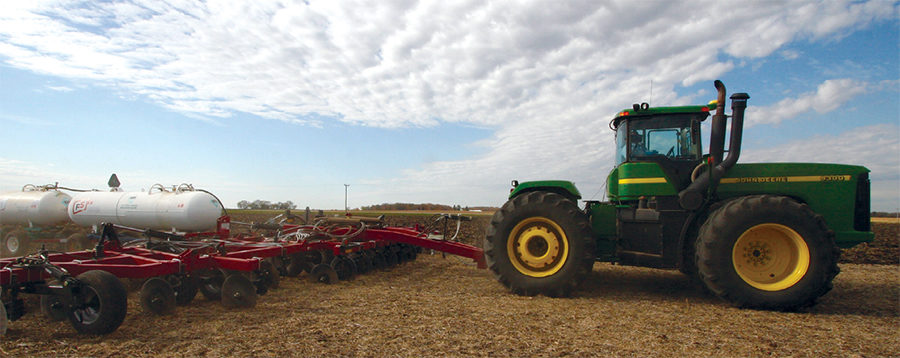No-Till Farmer
Get full access NOW to the most comprehensive, powerful and easy-to-use online resource for no-tillage practices. Just one good idea will pay for your subscription hundreds of times over.

From only 3.3 million acres in 1972 to an estimated 90 million acres today, there’s been plenty of progress as more farmers shift to no-till. Yet, we’re still a long way from the estimated 54% of U.S. row-crop ground U.S. Department of Agriculture economists predicted back in 1975 that would be no-tilled by now.
While many growers have adopted no-till, this reduced-tillage practice is currently used on only 35% of the U.S. row-crop acreage. Yet, no-till was only used on 1.6% of the acreage in 1972. (To read the original 1975 No-Till Farmer article entitled, “95% Of The Land To Get Less Tillage,” go to the Features Section on the No-Till Farmer website at www.No-TillFarmer.com).
Despite not meeting the predictions from 35 years ago, Norm Widman argues that we’ve made considerable progress.
The national agronomist for the Natural Resources Conservation Service (NRCS) says minimum tillage in 1975 was defined as reducing soil manipulation to the minimum that is biologically, technologically and economically feasible for a crop producer on a particular soil condition.
Minimum tillage today is labeled as a non-inversion tillage system that maintains 30% or more residue cover on the soil after planting.
“Based on the 1975 definition of minimum tillage, we’ve probably far exceeded the goal,” Widman says.
He believes a major factor holding back no-till has been a lack of development of management skills to establish and maintain a productive no-till system.
Ohioan Ed Winkle was ready to quit no-tilling in 1995 until an…